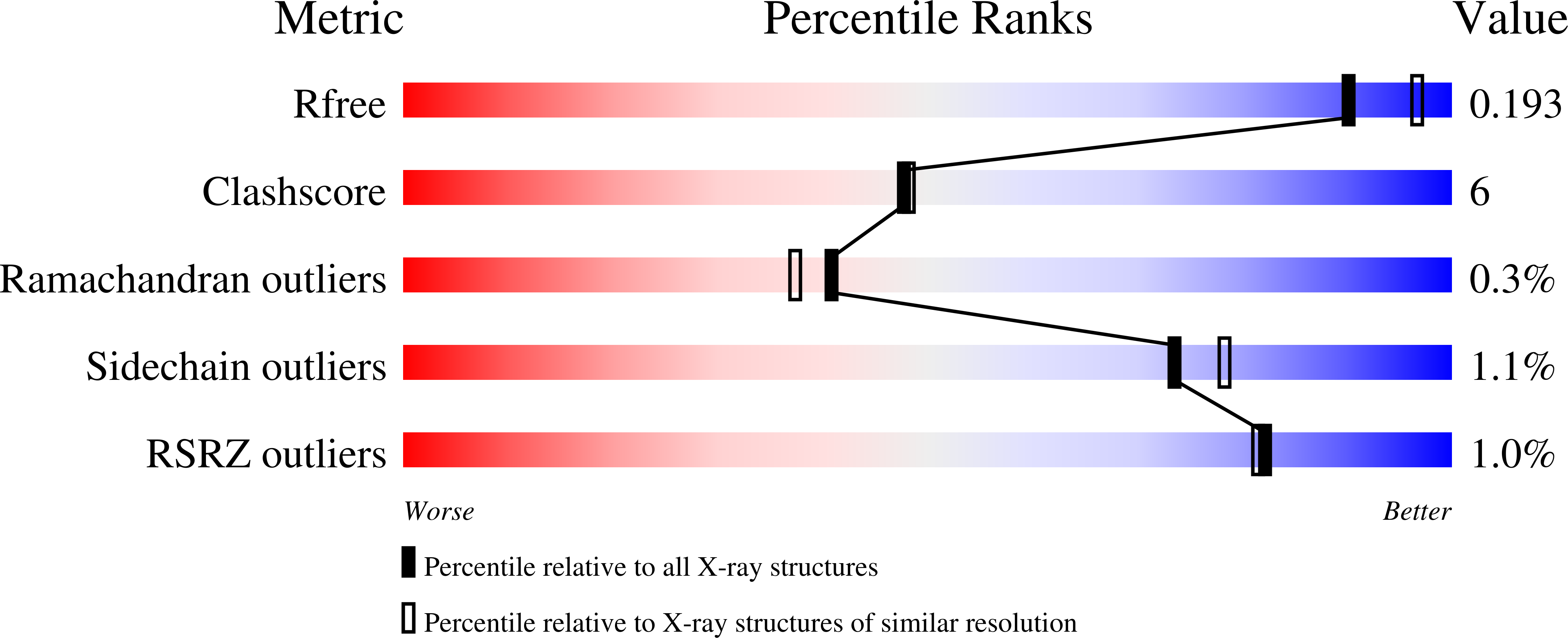
Deposition Date
2020-11-05
Release Date
2021-03-17
Last Version Date
2024-01-31
Entry Detail
PDB ID:
7AVR
Keywords:
Title:
The tetrameric structure of haloalkane dehalogenase DpaA from Paraglaciecola agarilytica NO2
Biological Source:
Source Organism:
Paraglaciecola agarilytica NO2 (Taxon ID: 1125747)
Host Organism:
Method Details:
Experimental Method:
Resolution:
2.00 Å
R-Value Free:
0.20
R-Value Work:
0.17
R-Value Observed:
0.17
Space Group:
P 21 21 2


